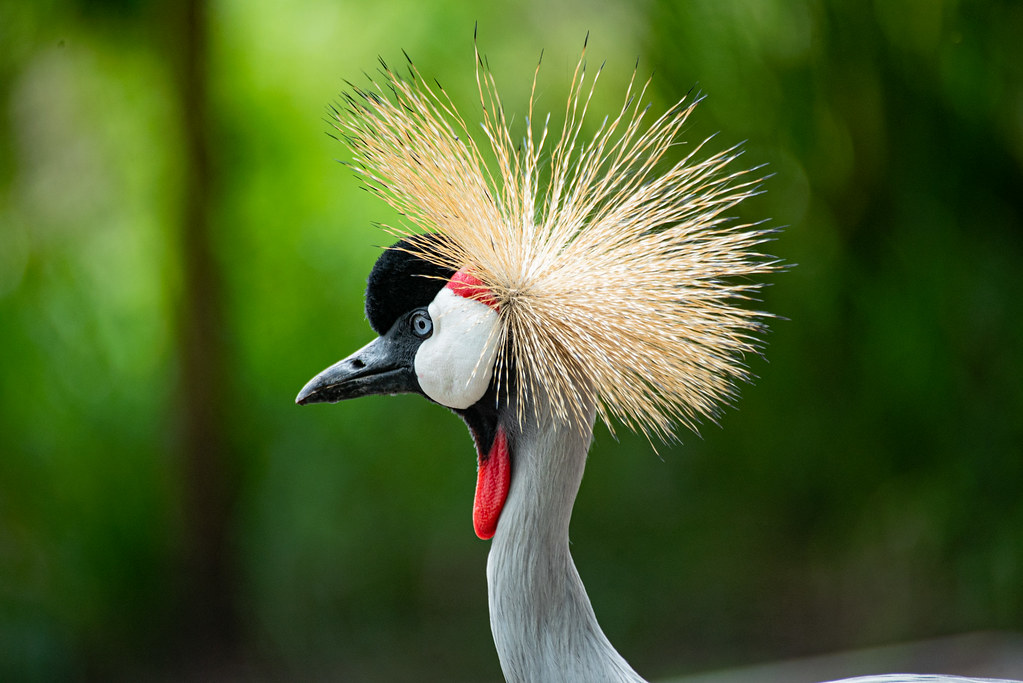UWA Temporarily Closes Ziwa Rhino Sanctuary After Attack – Understanding What Happened
In April 2021, Uganda’s conservation community and safari industry were shaken by unexpected news — the Uganda Wildlife Authority (UWA) had announced the temporary closure of Ziwa Rhino Sanctuary. The sanctuary, located in Nakitoma Sub-County, Nakasongola District, is home to Uganda’s only population of wild rhinos, making the closure both alarming and significant. What unfolded at Ziwa was more than just a local dispute; it was a critical reminder of how fragile wildlife conservation can be when human conflicts overshadow nature’s cause.
The Background of Ziwa Rhino Sanctuary
Ziwa Rhino Sanctuary has long stood as a symbol of hope in Uganda’s conservation story. Established in 2005 through a collaboration between Rhino Fund Uganda (RFU) and Ziwa Rhino and Wildlife Ranch (ZRWR), the sanctuary became the country’s only refuge for rhinos after they were wiped out by poaching during the 1980s.
Spanning over 70 square kilometers, the sanctuary is home to over 30 southern white rhinos, and it quickly became one of Uganda’s premier wildlife attractions. Visitors could walk with trained rangers and track rhinos on foot — a unique experience that brought thousands of tourists each year. Beyond tourism, Ziwa played a crucial role in the eventual reintroduction of rhinos into Uganda’s national parks.
The Conflict That Led to Closure
In mid-April 2021, tensions that had been brewing between Rhino Fund Uganda (the conservation NGO managing the sanctuary) and Ziwa Rhino and Wildlife Ranches (the landowner) escalated. Reports surfaced that unidentified individuals had vandalized sanctuary offices, destroying computers and vital documents.
The Uganda Wildlife Authority stepped in immediately, citing the escalating land and management dispute as a security threat to the rhinos and to visitors. UWA stated that its decision to close Ziwa Rhino Sanctuary was taken “to protect the rhinos and ensure the safety of all stakeholders.”
The closure came abruptly, halting all tourism and conservation operations. Tour operators, local guides, and nearby communities who relied on Ziwa’s steady stream of visitors were all affected. Safari itineraries that included rhino tracking had to be revised, and visitors who had planned to experience Uganda’s full Big Five safari found their plans disrupted.
What the Closure Meant for Conservation
The suspension of activities at Ziwa Rhino Sanctuary was not just a tourism setback — it was a serious blow to conservation progress. Uganda’s rhino population, which had been thriving thanks to careful monitoring and anti-poaching patrols, now faced uncertainty. The dispute raised concerns about the management of private–public conservation partnerships, which are critical for the survival of rare species in Africa.
The Uganda Wildlife Authority reaffirmed its commitment to the safety of the rhinos, stationing armed rangers at the sanctuary to ensure their protection. Yet the closure highlighted a larger issue: the delicate balance between private ownership and national conservation mandates. For many conservationists, it was a moment of reflection on how human disagreements can jeopardize years of hard-earned progress.
Reopening and Resolution
After about 50 days of closure, the Ugandan government and the Uganda Wildlife Authority facilitated negotiations between the conflicting parties. On June 12, 2021, UWA officially reopened Ziwa Rhino Sanctuary to the public following a mutual understanding and renewed management framework.
This reopening was met with relief from tour operators and conservationists across Uganda. The rhinos were safe, the sanctuary was operational again, and visitors could once more enjoy the rare experience of observing these majestic animals up close. UWA’s swift intervention demonstrated the authority’s commitment to both conservation and tourism integrity.
In subsequent years, UWA continued to monitor operations at Ziwa closely, ensuring that both wildlife protection and community interests remained balanced. By 2025, the sanctuary is fully open and continues to welcome visitors, with UWA publicly denying any rumors of renewed closure or conflict.
Lessons from the Ziwa Incident
The Ziwa Rhino Sanctuary closure serves as an important lesson for Uganda’s broader wildlife management framework. It underscores that successful conservation depends not only on protecting animals but also on maintaining harmony among stakeholders.
For the tourism industry, the event reinforced the importance of transparency and communication between tour operators, conservation organizations, and the government. It also revealed how quickly internal disputes can ripple across the entire safari sector, affecting local economies, international travelers, and Uganda’s conservation image.
For visitors and safari planners, the Ziwa incident serves as a reminder that wildlife protection is an ongoing effort, one that requires vigilance, cooperation, and sustainable governance. Today, Ziwa Rhino Sanctuary stands stronger — not just as a place to see rhinos, but as a symbol of resilience and collaboration in conservation.
Visiting Ziwa Rhino Sanctuary Today
As of 2025, Ziwa Rhino Sanctuary is fully open and remains one of Uganda’s most rewarding wildlife experiences. Visitors can once again enjoy guided rhino tracking walks, birdwatching, and nature drives within the sanctuary. The rhinos continue to thrive under close monitoring, and the sanctuary remains an essential stop for those seeking Uganda’s complete Big Five experience — alongside visits to Murchison Falls, Queen Elizabeth, and Kidepo Valley National Parks.
Whether you are a first-time visitor or a returning traveler, Ziwa offers a glimpse of conservation success, where every rhino encounter tells a story of endurance, protection, and hope for Uganda’s wildlife future.





